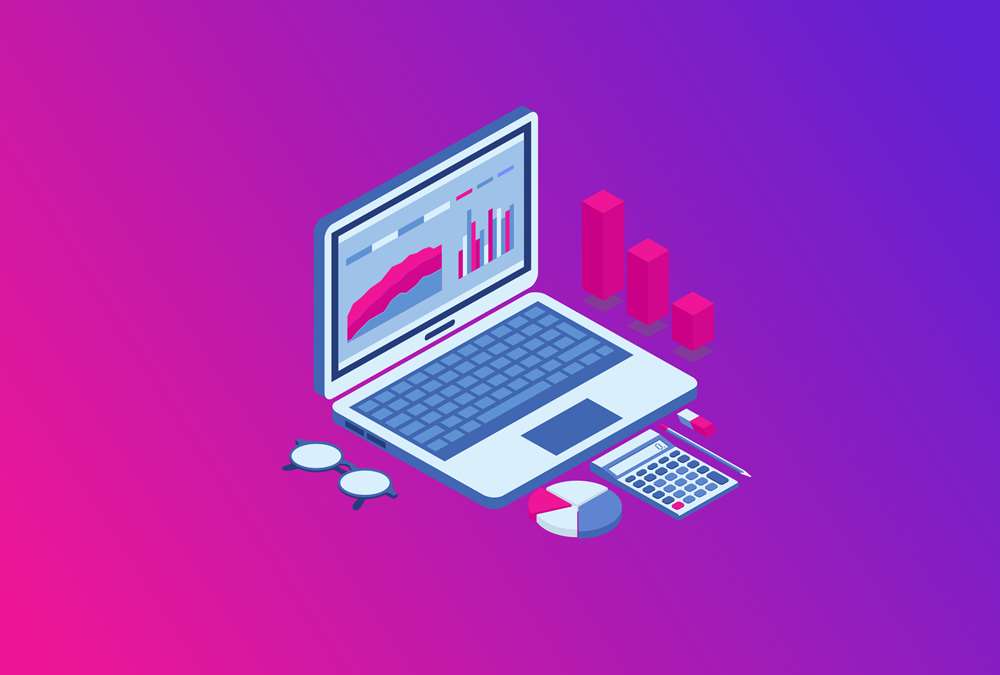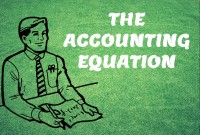- Home
- Business Processes
- Industry Knowledge
- Aerospace Industry
- Automotive Industry
- Banking Domain
- BFSI Industry
- Consumer/ FMCG Industry
- Chemicals Industry
- Engineering & Construction
- Energy Industry
- Education Domain
- Finance Domain
- Hospitality Domain
- Healthcare Industry
- Insurance Domain
- Retail Industry
- Travel and Tourism Domain
- Telecom Industry
- Leadership Skills
- eLearning
- Home
- Business Processes
- HRMS & Payroll
- Digital Age and Dynamic Business Environment
Digital Age and Dynamic Business Environment
The digital age, as per yourdictionary.com is also called the information age, is defined as the time period starting in the 1970s with the introduction of the personal computer with subsequent technology introduced providing the ability to transfer information freely and quickly.
The digital age, as per yourdictionary.com is also called the information age, is defined as the time period starting in the 1970s with the introduction of the personal computer with subsequent technology introduced providing the ability to transfer information freely and quickly.
The time period in which we live now where Internet and email are available is an example of the digital age.
The digital age technologies have displaced established technology resulting in a completely new way of doing business and creating opportunities for emergence of a new industry.
These technologies have disrupted the way traditional companies have conducted businesses and both old and new businesses must embrace these disruptive technologies to stay relevant and to meet customer needs.
Here are a few examples of disruptive technologies in 1990’s that transformed established businesses to newer ways of working:
- personal computer replaced typewriter
- Internet enabled Email replaced letter-writing disrupting greeting card industries.
- Cell phones enabled people to call anywhere disrupting telecom industry.
- Laptop and mobile computing made mobile workforce possible.
- Smartphones disrupted pocket cameras, MP3 players, calculators and GPS devices,
- Social networking disrupted telephone, email, instant messaging and event planning.
The last decade has seen an increased intensity in industrial competition, in which cycle times are shrinking and the volatility, uncertainty, complexity, and ambiguity have opened opportunities and challenges alike
The above listed are just a few examples of disruptions in the 1990’s that have set the stage for continuous evolution in technology to what is observed today. Business services functions – finance, human resources, procurement and IT – are under pressure to adapt the way they deliver services to the demands of the digital age.
Related Links
You May Also Like
-
In this article we will help you understand the double-entry accounting system and state the accounting equation and define each element of the equation. Then we will describe and illustrate how business transactions can be recorded in terms of the resulting change in the elements of the accounting equation.
-
Legal Structures for Multinational Companies
A multinational company generally has offices and/or factories in different countries and a centralized head office where they coordinate global management. A multinational company (MNC)is a corporate organization that owns or controls the production of goods or services in at least one country other than its home country.
-
Generally Accepted Accounting Principles define the accounting procedures, and understanding them is essential to producing accurate and meaningful records. In this article we emphasize on accounting principles and concepts so that the learner can understand the “why” of accounting which will help you gain an understanding of the full significance of accounting.
-
Horizontal or Flat Organizational Structures
Flat organizational structure is an organizational model with relatively few or no levels of middle management between the executives and the frontline employees. Its goal is to have as little hierarchy as possible between management and staff level employees. In a flat organizational structure, employees have increased involvement in the decision-making process.
-
Concept of Representative Office
A representative office is the easiest option for a company planning to start its operations in a foreign country. The company need not incorporate a separate legal entity nor trigger corporate income tax, as long as the activities are limited in nature.
-
Multi Currency - Functional & Foriegn
Currency is the generally accepted form of money that is issued by a government and circulated within an economy. Accountants use different terms in the context of currency such as functional currency, accounting currency, foreign currency, and transactional currency. Are they the same or different and why we have so many terms? Read this article to learn currency concepts.
-
Divisional Organizational Structures
The divisional structure or product structure consists of self-contained divisions. A division is a collection of functions which produce a product. It also utilizes a plan to compete and operate as a separate business or profit center. Divisional structure is based on external or internal parameters like product /customer segment/ geographical location etc.
-
Introduction to Organizational Structures
Organizations are systems of some interacting components. Levitt (1965) sets out a basic framework for understanding organizations. This framework emphasizes four major internal components such as: task, people, technology, and structure. The task of the organization is its mission, purpose or goal for existence. The people are the human resources of the organization.
-
Trial Balance in General Ledger
One of the greatest benefits of using a double-entry accounting system is the capability to generate a trial balance. What do we mean by trial balance? As the name suggests a trial balance is a report that must have its debits equals to credits. Understand the importance of trial balance and why it is balanced. Learn how it is prepared and in which format.
-
The purpose of the general ledger is to sort transaction information into meaningful categories and charts of accounts. The general ledger sorts information from the general journal and converts them into account balances and this process converts data into information, necessary to prepare financial statements. This article explains what a general ledger is and some of its major functionalities.
Explore Our Free Training Articles or
Sign Up to Start With Our eLearning Courses

About Us
Learning
© 2023 TechnoFunc, All Rights Reserved











